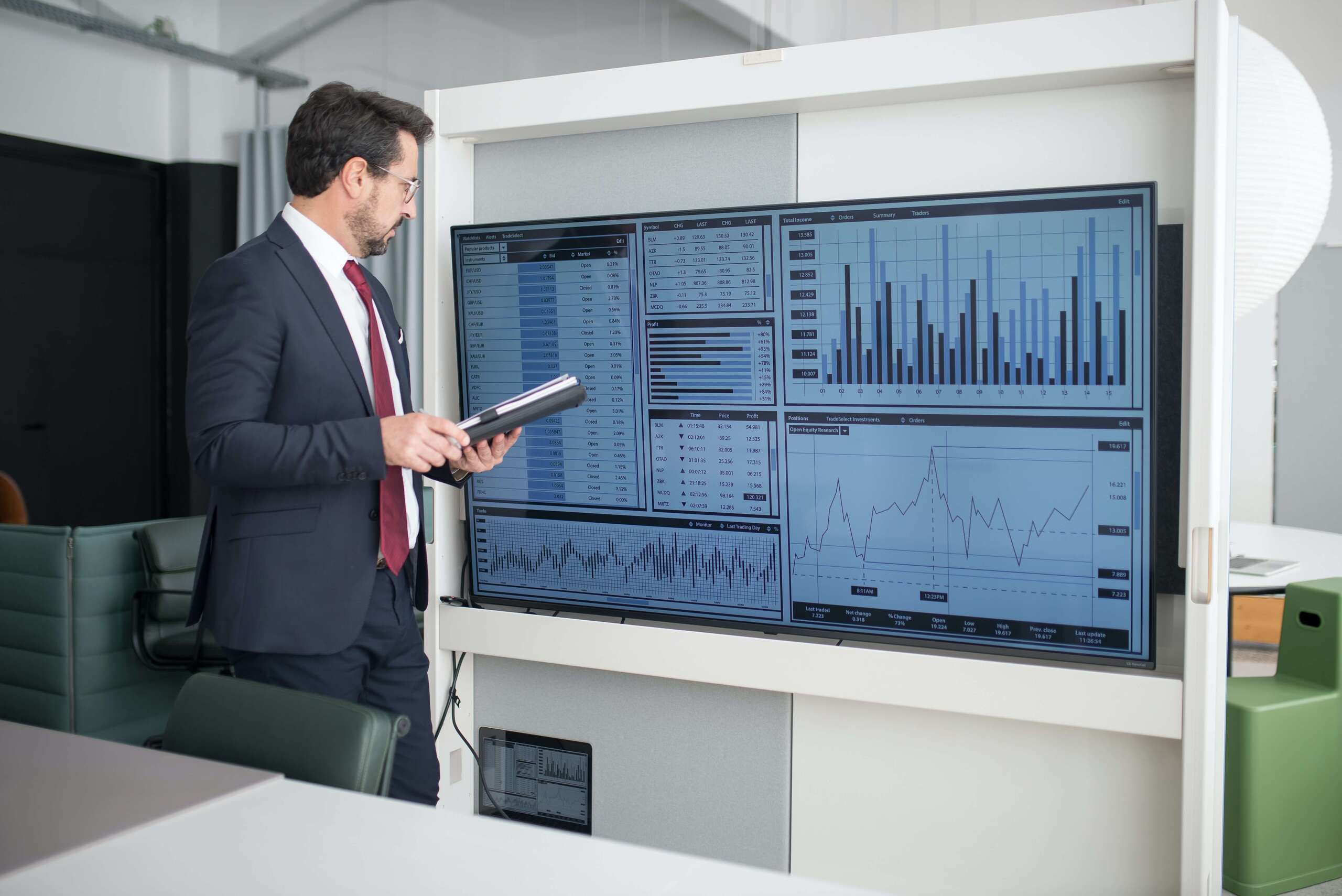The CFDs and Forex markets provide assets in a wide range to traders. Investors, banks, forex traders, individuals, and other market participants trade these assets as financial instruments, and they do not carry any permanent physical worth.
It means that the ownership of the fundamental asset is not in the hands of the trader. The classes in which these assets exist are different securities with the same fluctuation and price characteristics.
The tradable asset classes in the market are:
Currencies
The trade of currencies is carried in pairs with the fact that if the value of a currency in the pair increases, the value of the other currency in the pair will decrease.
The speculation on purchasing when there is a rise in the value of the currency and selling them when it reduces is done by the trader while trading these currencies to make returns.
The three major classes of currency pairs are: central currency pair includes the following:
JPY/USD, GBP/USD, EUR/USD, CHF/USD, USD/CAD, NZD/USD, and AUD/USD. The pairs included in minor currency are EUR/CAD, AUD/EUR, CHF/EUR, NZD/EUR, JPY/EUR, CAD/JPY, JPY/GBP, CHF/JPY, JPY/AUD, GBP/CHF, NZD/JPY, GBP/CAD, and AUD/GBP. The exotic pairs are USD/SEK, EUR/TRY, DKK/USD, USD/NWK, USD/HKD, USD/ZAR, and USD/SGD.

Commodities
The exchanging of the financial assets known as commodities is done via future contracts in the CFD and Forex markets. The quantity and quality of the exchange of these assets are standardized for their trading.
Commodities are the raw materials sold in large numbers, and these raw materials prepare services and other goods. In the CFD market, exchanging products is an excellent way to hypothesize the financial market.
Commodities can be traded in two methods that, include the commodity trading method of cash and forward. The cash-settled commodities have a date of settlement shortly, while for the forward-settled commodities, the time of settlement is in the far future.
The popular commodities that are traded in forex and CFD are precious metals (like silver, GoldGold, and copper), energies (natural gas and main oils), and soft commodities originating from agriculture (like wheat, coffee, sugar, and cocoa).
Precious Metals
Silver, Gold, and Copper are considered deficient commodities traded in CFD and forex markets. The demand for these commodities is relatively high.
Gold is considered to be an alternative to paper money, and the movement of the price of Gold is opposite to the USD currency. Being an exchange product, Gold is used in the production of electrons and jewelry. For building infrastructures and industrial production, copper is used.
Energies
This set of commodities has the most significant effect on the worldwide economy. For example, natural gas and crude oil belong to these tradeable energies. The field of transportation, like trains, cars, ships, and jets, uses crude oil as energy.
Other uses of crude oil include producing services and goods like synthetic textiles, plastics, computers, fertilizers, and cosmetics. On the flip side, manufacturing industries use natural gases for production. Further uses of natural gas are electricity generation and commercial production.

Agricultural Commodities
Agricultural products are traded for goods meant to be used or conjectured concerning the CFD and forex markets. These products are classified as soft commodities, including a wide range of agricultural products like sugar, cocoa, coffee, and wheat.
Cryptocurrencies
A large number of cryptocurrencies are used to make profits by the traders of CFD and forex. Cryptography is used as security because these are digital currencies. As cryptocurrency is a virtual currency, there is no involvement of real money, and the transactions performed could be referred to as numbers moving between digital holders.
Every cryptocurrency has a blockchain, which is its decentralized control panel, and it is often considered a database for the transactions of the free functioning as a distributed journal. The maintenance of cryptocurrency is done in a blockchain by algorithms, while central banks maintain physical currencies. Examples are ripple, dash, Litecoin, Bitcoin, and Ethereum.
Stocks
Ownership of the company is signified by these financial assets known as stocks. The claim is generally performed by the stock considering industrial assets and earnings. The equity market consists of two types of stocks. The owner of the common stock has the power to vote at the meeting of shareholders other than receiving a dividend.
On the other hand, a shareholder doesn’t have the right to vote in the preferred stock. Large corporations and companies like Facebook, Amazon, General Electric, Ford Motor, Wells Fargo, Intel, and others offer different stock exchanges for tradable stocks.
Treasury Bonds and Notes
These are the fixed-income loans that a corporate institution or government takes from the investor or trader for a specific time and returns the loan with a fixed or variable interest rate.
Companies, states, or governments take this loan to generate the funds needed for their upcoming significant activities or projects. Debt securities are usually bought and sold by traders in the CFD and forex markets. 10 to 30 years is the maturity time for the bonds issued, and the maturity time on which treasury notes are issued is 2 to 10 years.
ETFs
These are the financial investment funds that are functioned by commodities, sector indexes or tracking board-based, and a wide range of assets. The trade of ETFs is the same as the stocks in the CFD and forex markets, and traders can sell them short and buy them on margin.
ETFs are dynamic and likely fluctuate every trading season according to the trader’s activities and market events.
Traded ETFs include the following examples MSCI Emerging Markets Index Funds, SPDR S&P 500, S&P 500 VIX Short-Term Futures ETN, Russell 2000 Index Fund, Financial Select Sector SPDR, PowerShare QQQ Trust, and MSCI Japan Index Fund.



